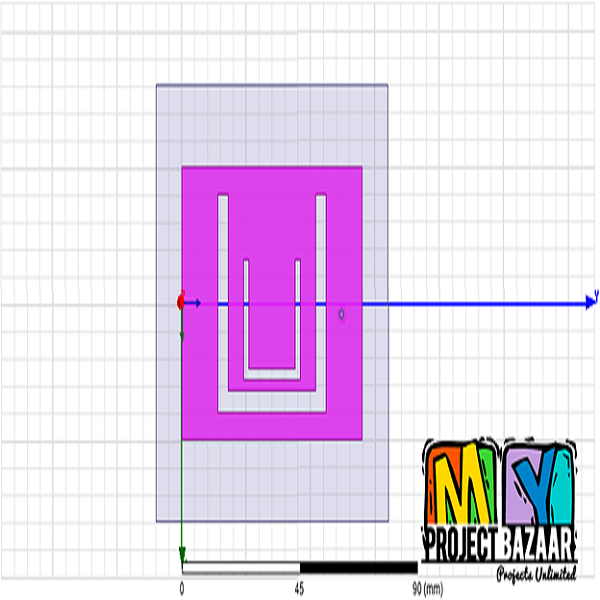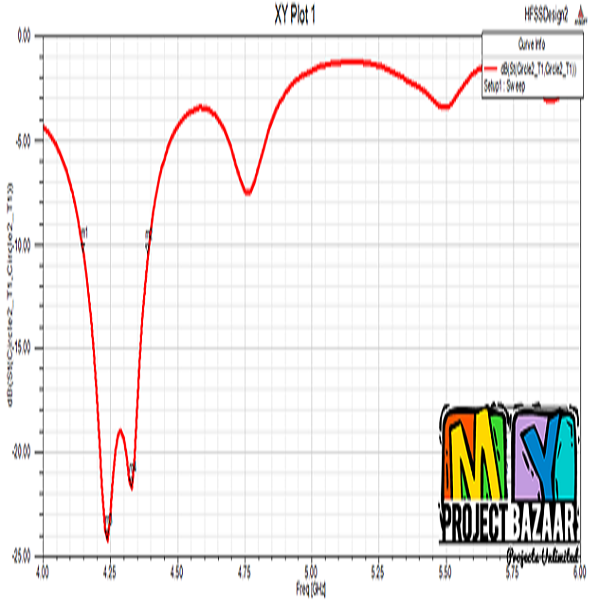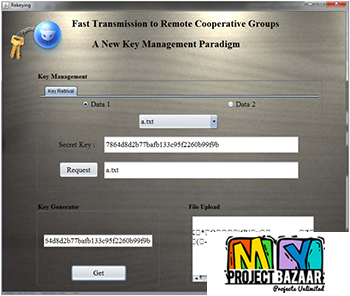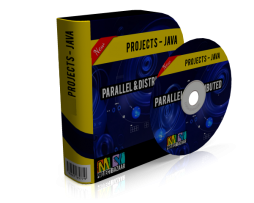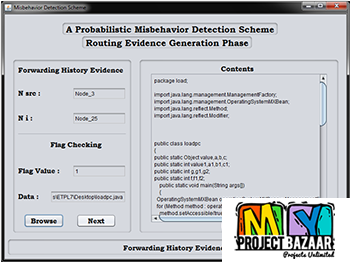
Characteristic Mode Analysis of a Class of Empirical Design Techniques for Probe-Fed, U-Slot Microstrip Patch Antennas
Product Description
Characteristic Mode Analysis of a Class of Empirical Design Techniques for Probe-Fed, U-Slot Microstrip Patch Antennas
Abstract— Characteristic mode analysis (CMA) of three empirical design techniques for the probe-fed, symmetrically located, U-slot microstrip patch antenna, on a single-layer grounded substrate, is presented with supporting experimental data. The first method, resonant frequency (ResF), utilizes the existence of the four distinct ResFs, while the second one, dimensional invariance (DI), relies on the property of DI, for the design of the U-slot microstrip patch. In both these methods, the optimization of the probe location is necessary for further enhancement of the 10-dB return loss bandwidth. The third method, dimensionally invariant ResF, that optimally combines the features of the previous two is developed here and shown to yield better bandwidth performance with minimal or no probe location optimization, and henc e is superior to the other two for rapid prototyping. CMA is carried out for critical parameters, such as substrate electrical thickness, slot width, probe radius, and feed location variations, to assess their dominant influence on the characteristics of the U-slot microstrip patch antenna. THE U-slot microstrip patch antenna probably the most useful, practical wideband design ever conceptualized that has witnessed several applications [4]–[8]and spawning of other wideband design topologies starting with the basic U-slot topology. < final year projects >
Including Packages
Our Specialization
Support Service
Statistical Report

satisfied customers
3,589
Freelance projects
983
sales on Site
11,021
developers
175+Additional Information
| Domains | |
|---|---|
| Programming Language |


